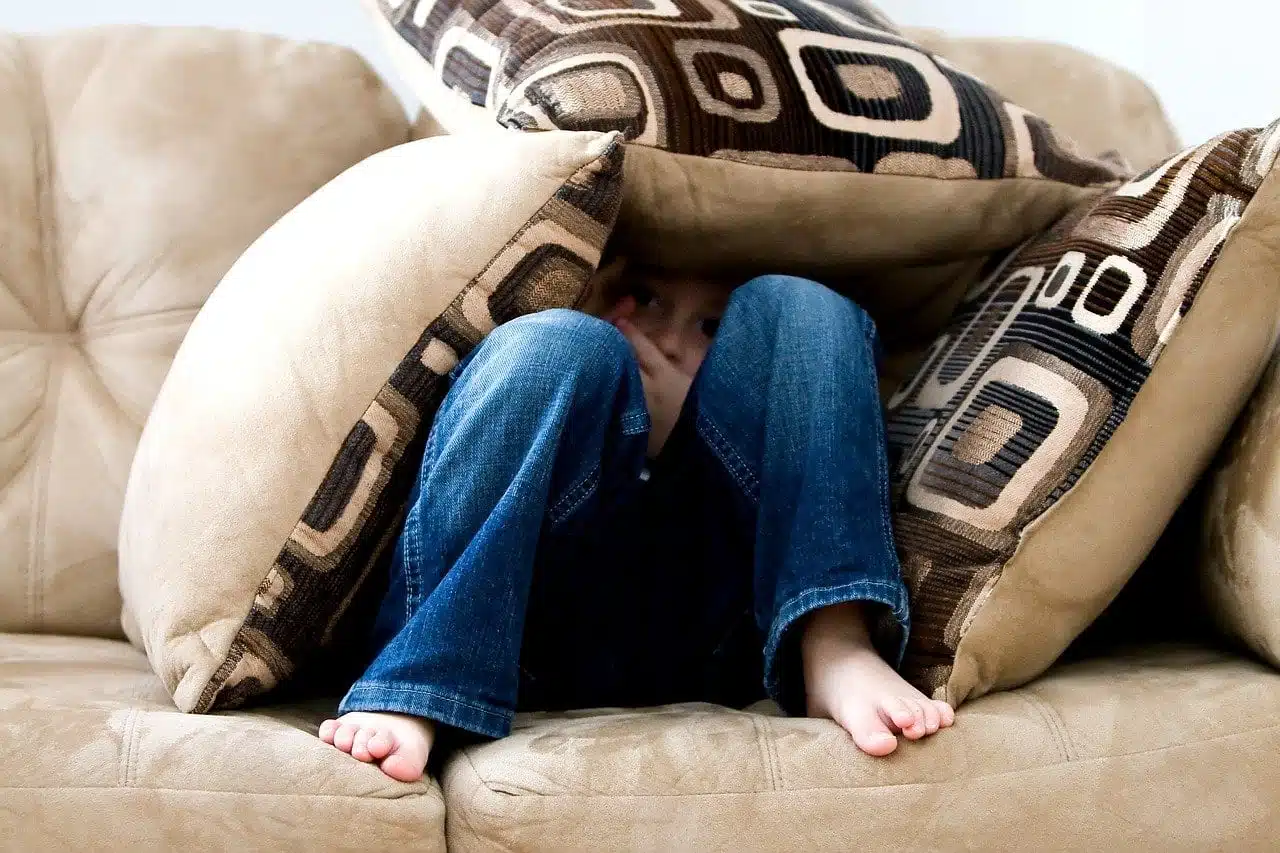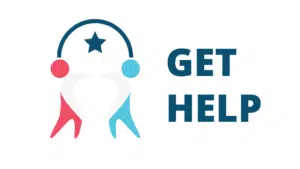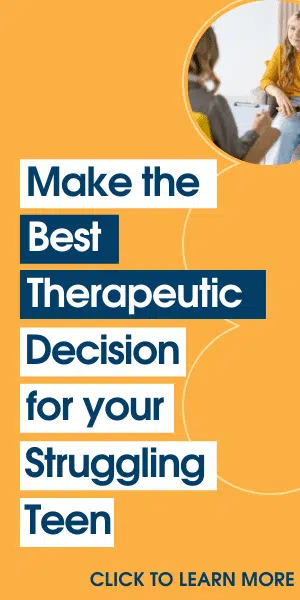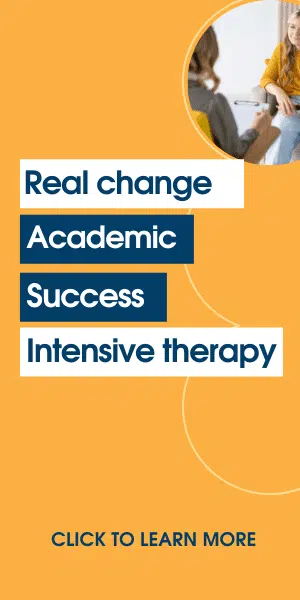Putting At Risk Children on the Right Track
There is more than one way to make a soup. Similarly, there are many ways you can do to help put at risk children back on track.
There are many factors affecting an at risk child. Family instability, lack of community resources, poor learning environment, and more can build feelings of isolation for a child. If left unchecked, these factors can make it difficult for them to transition to adulthood putting them at-risk.
How do you help at risk children?
Most of them needs support, encouragement, and a right blend of opportunities that will coax them back on track. Here, we list down ways to help an at risk child.
Building significant, positive and sustained relationships
One major shortcoming when dealing with at risk children is the inability of caretakers, teachers, and even their parents to have a significant, positive and sustained relationship with them. And this is without doubt one of the many things these teenagers truly need.
All teenagers, and not only the at risk ones, need positive, significant relationships with people whom they can build a sense of trust and reliance and whom they know they can communicate their happiness, their frustrations, and dreams without fear of consequence. This is one reason why most kids are reluctant to form this kind of relationship with their parents, or any adult that fills the role as a guardian, for the fear of reproach and repercussions such as being grounded or deprivation of benefits like allowance or use of a car.
According to Richard Titus, a high school teacher who had 19 years of experience with kids, most teens would rather approach their teachers than their parents to talk about their problems in life. He said that these teens are often confused and they needed someone dependable to show them the way, to provide encouragement and support and to champion their cause.
Yet, teacher to student relationships are not so easy to sustain. For the majority of public schools wherein class sizes number almost to 30 kids per class, and the teachers’ time limited, teachers can commit only a few moments of their time to one specific child.
To address this, parents should open opportunities for this to happen. Some institutions are better equipped to meet this obligation, like private schools more so than public schools. So whenever possible, if your child is at risk, expose them more to an environment where positive and meaningful relationships can be cultivated and sustained.
Putting them in an environment conducive for change
Despite our best interest, sometimes our homes are not the best environment for an at risk child and could in fact contribute to their decline.

For example, a bad neighborhood, accessible and unregulated forms of media such as internet and cable television, unhealthy surroundings, bad role models within the family, negative peer pressure from neighboring friends, etc.
Parents who are often away for days or weeks can contribute to the negative home environment. In fact, according to the U.S. Department of Labor, U.S. Census Bureau, Urban Institute, and U.S. National Dropout Prevention Center, an empty house is one of the main starters of at risk children. Latchkey children, which according to them account for some 28 million secondary school children in the U.S., have very high incidence of becoming at risk status due to loneliness, boredom and fear. Among teens, there is a high susceptibility to negative behaviors due to peer pressure, such as smoking, drinking, drug abuse and sexual promiscuity.
An empty house is not an environment conducive for change, and so is an unregulated environment where inhabitants will “do as they please”. If you are unsure whether you or your home can commit to a level of attention and care needed by an at risk youth, a place where all these requisites for change are met is recommended. For example, some types of boarding schools offer to students a highly structured and monitored environment. Students play, study, eat and have fun with peers in a positive atmosphere.
Supervision, supervision and supervision
At risk children do not attain goals by themselves. Rarely too will they conquer their weaknesses by themselves. Like it is the role of every parent to teach good character values, positive behavior, self control and respect, it is also their role to see if this is observed and to give them bottom spanking if these rules are not followed. Parents need to supervise their children. Like any of us, children tend to behave when they know somebody is watching their behavior.
Help through life enrichment: according to YMCA (March 2001), kids who do not participate in after school programs are three times higher to become at risk. Good schools offer a wealth of after-school programs to keep their kids busy and continuously learning outside the classroom.
A good school or a good program is a must
What makes a good movie? One aspect of good movie is that it keeps you engaged right from the very first minutes up to the last. In a similar fashion, a good educational program gets students engaged.
The feeling of being engaged happens when the school gives many opportunities to students to receive positive recognition and to make positive contributions and to form positive bonds with peers. An engaging school has mottos, missions, logos and other tangible things that allow students to experience a sense of pride and belonging.
When looking for a good program for at risk children, it is important to find:
- a good educational environment with staff that show care and empathy towards their students;
- a counseling component that can provide help to an at risk teen;
- and a positive surrounding that encourages students to give their best and learn new things that will be valuable and helpful in their later lives.
There are many ways to guide at risk children back to the right path. Getting the right information to help them is what parents need the most. Here in At Risk Youth Programs, we provide resources for parents and guide you in finding the right program for your teen. Contact us here.












